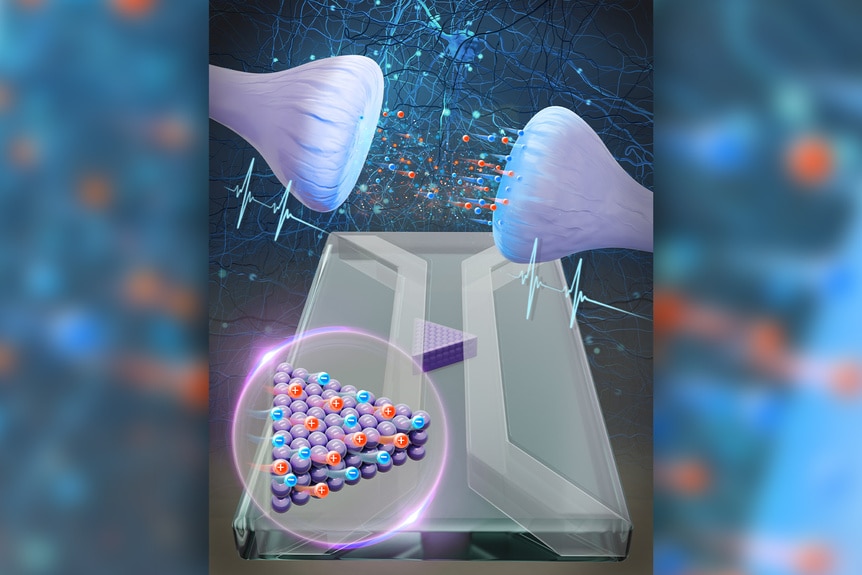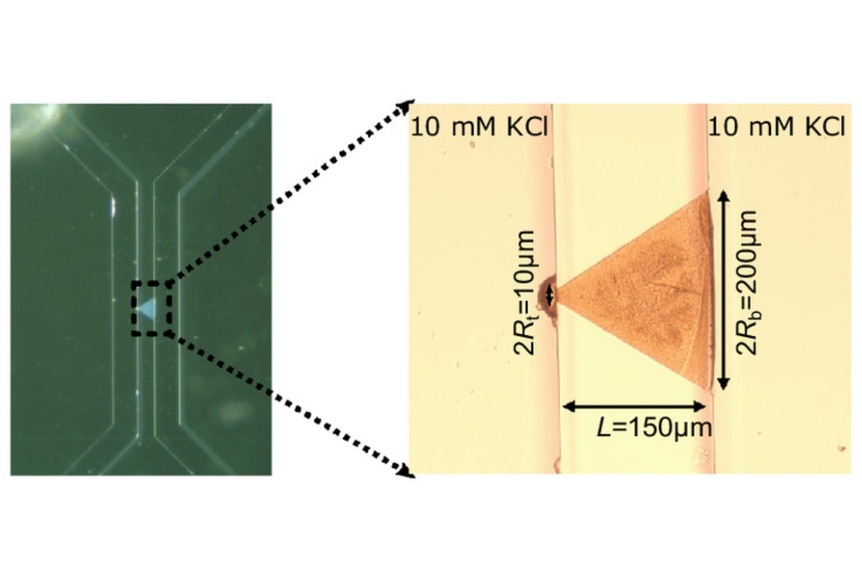Create a free profile to get unlimited access to exclusive videos, sweepstakes, and more!
Future Computers Could Be Built from These Artificial Brain Cells
If they're built like us, will they think like us?
Cady was 8 years old when her parents died in a car accident and she went to live with her aunt Gemma, a toy inventor with too much on her plate. Too busy and ill-equipped to care for a child, Gemma passed Cady off to M3GAN (Model 3 Generative Android), an advanced machine which looks and behaves like a child, and whose only job is to be the best friend possible to Cady. It’s a job M3GAN takes deadly seriously.
M3GAN (now streaming now on Peacock) is the latest in a long and celebrated line of creepy dolls. With the benefit of an artificially intelligent computer mind (in lieu of the soul of a killer like some other deadly dolls), she has helped carry our fear of wicked toys into the modern age.
If we really want to create artificial systems that behave like us (preferably minus the murderous malfunctions), they might have to be made out of the same stuff as us, too. Recently, a team of researchers from Utrecht University and Sogang University built a functioning artificial brain cell using water and salt, just like a living neuron. The results were published in the Proceedings of the National Academy of Sciences.
For More on Biologically Inspired Machines:
World’s Smallest Remote Control Robot Crabwalks on a Penny
Lizard Fingers Inspire Robotic Super Grip for Grasping Tomatoes and Spaceships
Future Robots Could wear Suits Made of Human Skin
Scientists Create an Artificial Computer Synapse That Behaves Like the Brain
The brain passes information from place to place using, among other things, salt ions dissolved in water. That’s the process researchers duplicated with a new device called an iontronic memresistor and, just like a neuron, the memresistor can remember the signals passing through it. Neurons have a feature called synaptic plasticity which allows them to adjust connection strength based on experience. The memresistor accomplishes the same thing by remembering how much charge flowed through it in the past.
Scientists created a teeny, tiny cone, only a couple hundred micrometers across, and they forced ions through it. The charge of the ions influences how they move through the channel, which can be measured to determine information about the signal. That ability isn’t new in computing; engineers figured out how to make solid state materials behave this way decades ago, but it is the first time it’s been done with water and salts. It mimics not only the basic behavior of neurons but also their material ingredients by providing an aqueous (watery) environment with dissolved salt. The hope is that by following the brain’s blueprint more closely we might devise computers with comparable capacity and efficiency.
“There are a few unique properties that aqueous systems have that are very difficult or even impossible in solid state materials,” lead author Tim Kamsma told SYFY WIRE. “Solid state materials use electrical currents as signals. It works very well but it’s only one information channel. We can use multiple ions and chemical reactions are fair game in an aqueous system.”
Memresistors, short for memory resistors, change their conductance based on signals they’ve encountered in the past. In this case, the team constructed what’s known as a volatile memresistor which changes its resistance based on an applied voltage. When the voltage is removed, it reverts back to an equilibrium, and it is this relationship that provides short-term synaptic plasticity in the artificial synapse.
The type of signal that can be detected is determined in part by the length of the channel, meaning scientists can tailor artificial synapses for specific tasks. Tripling the length, for instance, makes the system 10 times slower, and making it shorter speeds things up. Choosing the length of the channel constrains the types of signals it can detect, and stacking multiple channels on the same computer chip allows for a variety of signals all at once.
“You might have signals that need to be remembered for a tenth of a second, or a second, or ten seconds. We showed it’s easy to design it to have a specific memory retention time by changing the length of the channel,” Kamsma said.
Researchers have succeeded in constructing an artificial synapse, but that’s a long way from a functioning brain. At present, it’s unclear what practical applications the technology will eventually have but Kamsma speculated that they might be useful for computer-brain interfaces or medical diagnostic tools. These sorts of aqueous computing devices could be used for a “lab on a chip” which can compute a diagnosis in real time instead of having to take a sample and transfer it to a separate machine. On longer timescales, who knows?
“Our brains are aqueous, that’s the one example we do have that at least something can happen with these materials,” Kamsma said, hinting at the hope that aqueous computers might one day be as complex and capable as the brain. It’s possible, but we shouldn’t hold our breath and Kamsma agrees. “We are extremely far off from doing anything close to what our brains are actually doing with billions of neurons and trillions of connections.”
We have to start somewhere.
M3GAN is streaming now on Peacock.
































